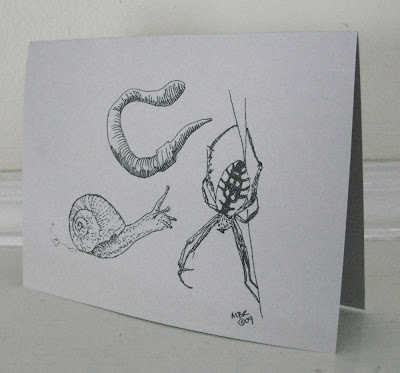Spadefoot toads spend most of their time underground and are rarely seen by the average person so getting a peek at these tadpoles and little toadlets is a real treat.
Early each spring the toads leave their underground spots to head toward vernal pools in the dunes like these at Sandy Neck in West Barnstable. They will even lay their eggs in what are barely big puddles, hoping that the water will hang around long enough for their young to survive.
The eggs are laid in water and can be found in gelatinous globs like the one seen below. The eggs are the little dark spots.
Ian Ives of Mass Audubon’s Long Pasture Sanctuary is involved in a program that is headstarting some of these rare and endangered toads to hopefully give them a better chance of overall survival here on the Cape. To do this he has raised some tadpoles that are now healthy and happy toadlets, and yes, that is a word. Our larger frogs grow quite a bit bigger before metamophosizing into adult frogs but our toads, including American, Fowler’s and Spadefoot, all leave the water while still quite small, and are called toadlets. Wood frogs, which are dependent on vernal pools also change quickly from tadpole to frog and are called froglets. That’s your handy tidbit of amphibian trivia for the day.
These tadpoles are about an inch long. If you look closely at the top one you will see it’s tiny back legs beginning to form.
These little guys have arms and legs but still have quite a bit of tail to be absorbed before they are ready to hop out of the water.
Here is a little spadefoot toadlet that has just been out of the water for a few weeks. It is living in an aquarium for the moment and is being fed lots of tiny insects.
This picture isn’t great but it does show the little holes the toadlets dig and you can see one of the toads emerging in the top center part of the photo.
Most people would never see these tiny guys so personally I think it is pretty cool that we can see them like this, thanks to Mass Audubon and Ian Ives.







